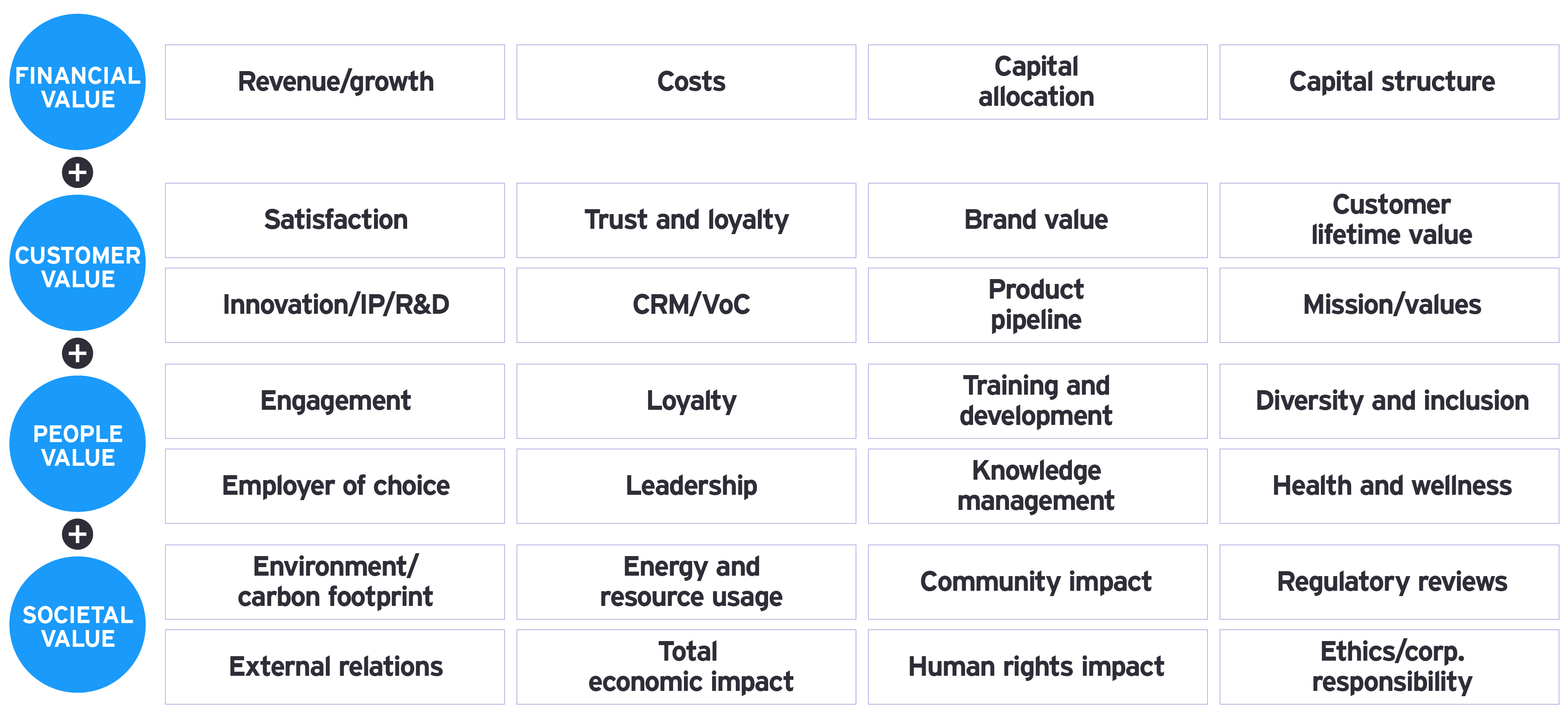The concept of corporate responsibility is not new; the business community defined it roughly two decades ago. But stakeholders — whether asset managers, shareholders, suppliers, regulators, or, of course, employees — have more recently latched on to a broader framework for judging corporate value. They’re looking for businesses to stop externalizing risk or cost to other stakeholders, including the environment. The COVID-19 pandemic has also challenged corporate strategy and upended baseline assumptions, prompting a fresh look at KPIs. The key to adopting a long-term value mindset is to rebalance capital allocation and communications priorities against this new, more comprehensive set of KPIs.
Taking action: addressing the new stakeholder primacy
The goal for any company, ultimately, is to establish its own story — not leave it to the marketplace to define. Voices with market impact are omnipresent, including institutional investors, regulators, customers, social media, journalists and communities. An organization whose strategy prioritizes all four long-term value pillars — and that can articulate how the customer, people and societal pillars drive financial performance — will outperform its competitors.
To achieve this, organizations should take these critical steps to success:
- Establish your purpose, define your value creation approach, and understand stakeholder expectations. This is the essence of a long-term value strategy. Beyond defining their purpose, businesses must also identify key stakeholders as well as their specific needs and/or expectations.
- Build your leadership tent to encompass various perspectives. Properly managing inputs requires expanding the discussion tent so that a range of voices can influence strategies and implementation. This may mean empowering a set of chief officers, or “CxOs,” with varied expertise, including chief growth, transformation, customer, experience and sustainability officers. At the highest levels, CEOs and CFOs are rethinking how to realign their leadership teams to drive, measure, and evaluate enterprise value.
- Set and measure metrics across stakeholder goals. The importance of this step cannot be emphasized enough. Leadership must maintain a tenacious focus on a comprehensive set of KPIs and use that dashboard to drive investment and communications.


